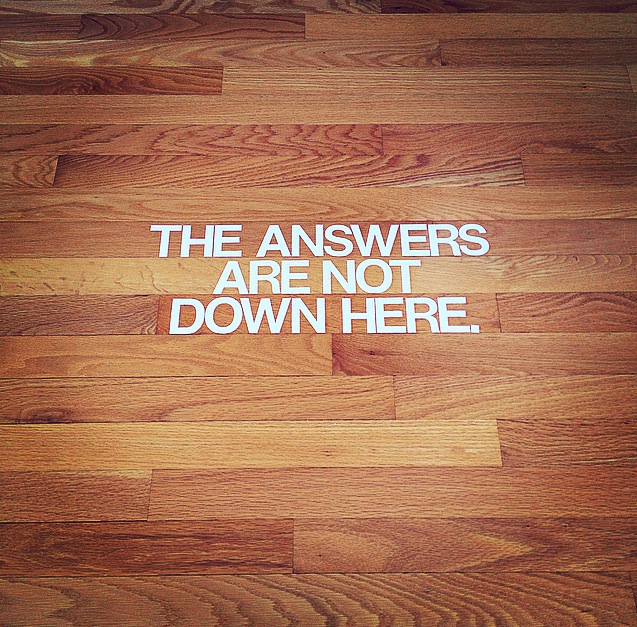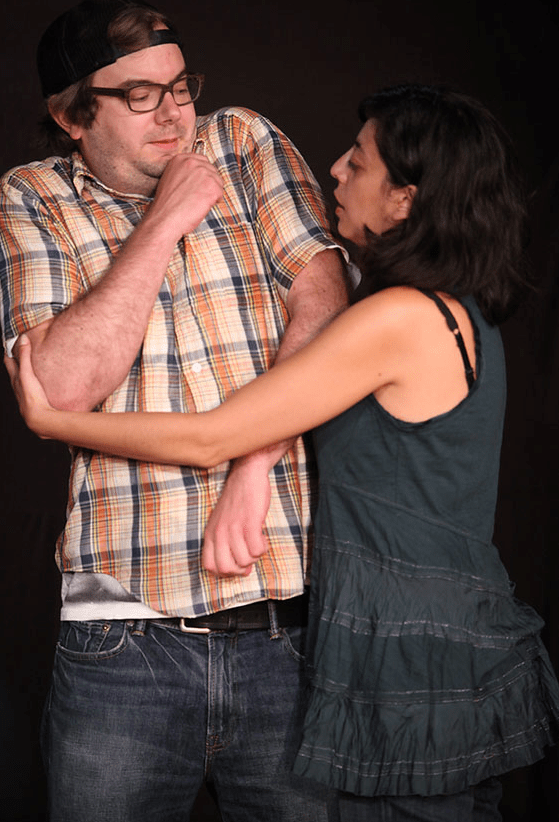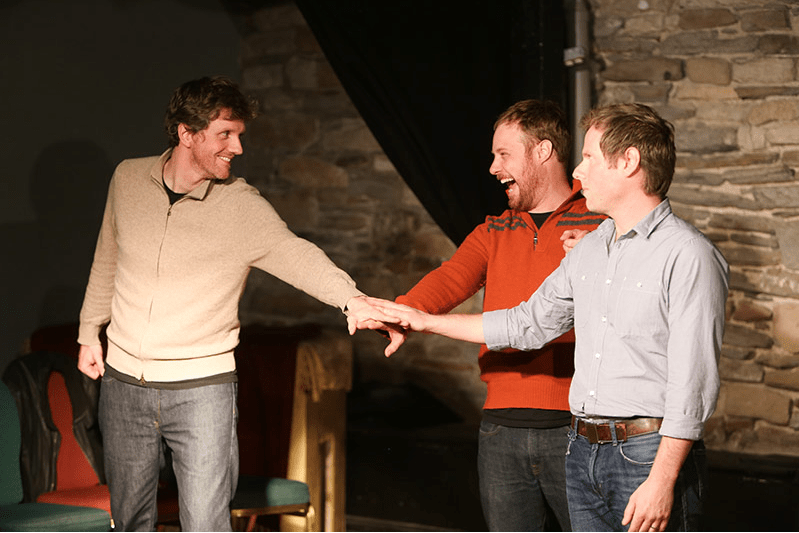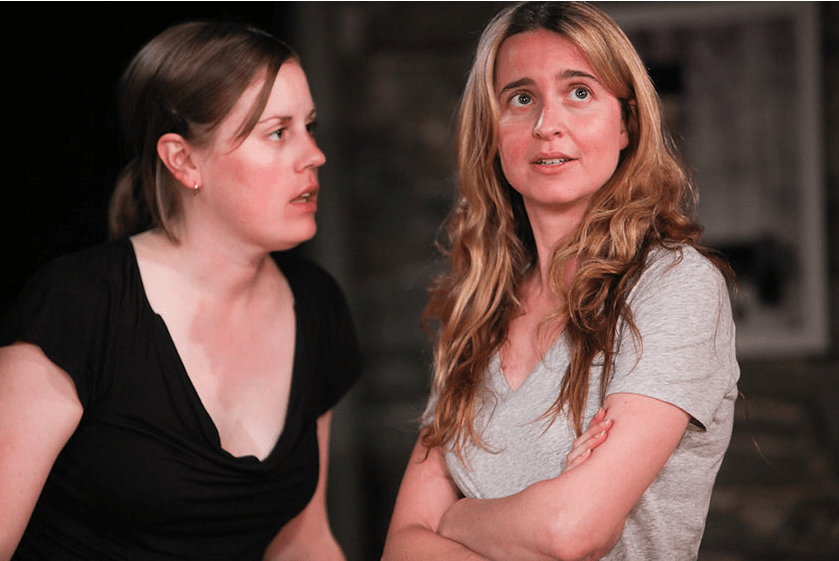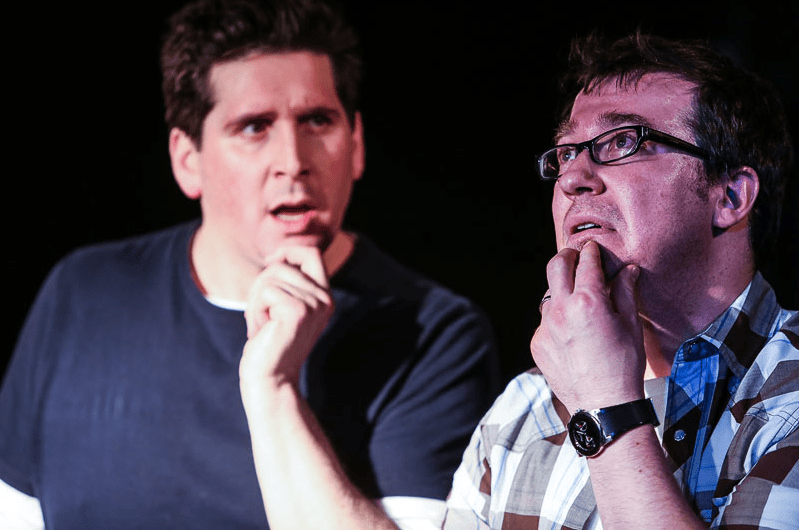
Photo © Kevin Thom
There are many different, passionate schools of thought on plot in improv. If you’re doing a narrative form like The Quest, or a musical format that requires you to hit certain plot points, it can lead to great shows. But for “regular” long form, it’s always been a stumbling block for me. So when this appeared in my newsfeed via David Razowsky, I had to share:
Hey, improvisers. I’m reading Stephen King’s On Writing, and he has a great paragraph on the need for plot. As many of you might remember, I’ve said “Fuck plot.” He, of course, said it in a more elegant way. (At the final sentence, please replace “writer” with “improviser.”):
“I distrust plot for two reasons: first, because our lives are largely plotless, even when you add in all our reasonable precautions and careful planning; and second, because I believe plotting and the spontaneity of real creation aren’t compatible. It’s best that I be as clear about this as I can –– I want you to understand that my basic belief about the making of stories is that they pretty much make themselves. The job of the writer is to give them a place to grow…”
Improviser Dave Clapper added:
Both as a writer and as an improviser, I couldn’t agree with this more. Here’s another favorite quote that applies to both:
“Remember: Plot is no more than footprints left in the snow after your characters have run by on their way to incredible destinations. Plot is observed after the fact rather than before. It cannot precede action. It is the chart that remains when an action is through. That is all Plot ever should be. It is human desire let run, running, and reaching a goal. It cannot be mechanical. It can only be dynamic. So, stand aside, forget targets, let the characters, your fingers, body, blood, and heart do.” – Ray Bradbury
Thanks, guys!





